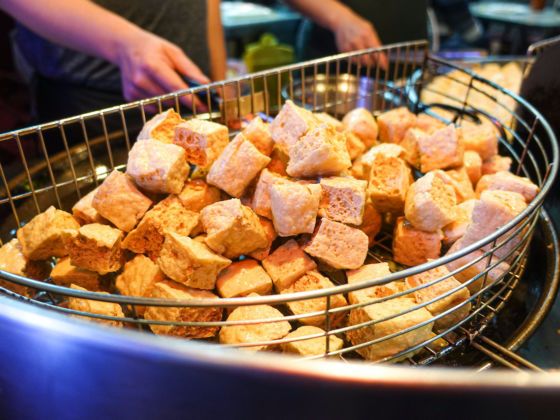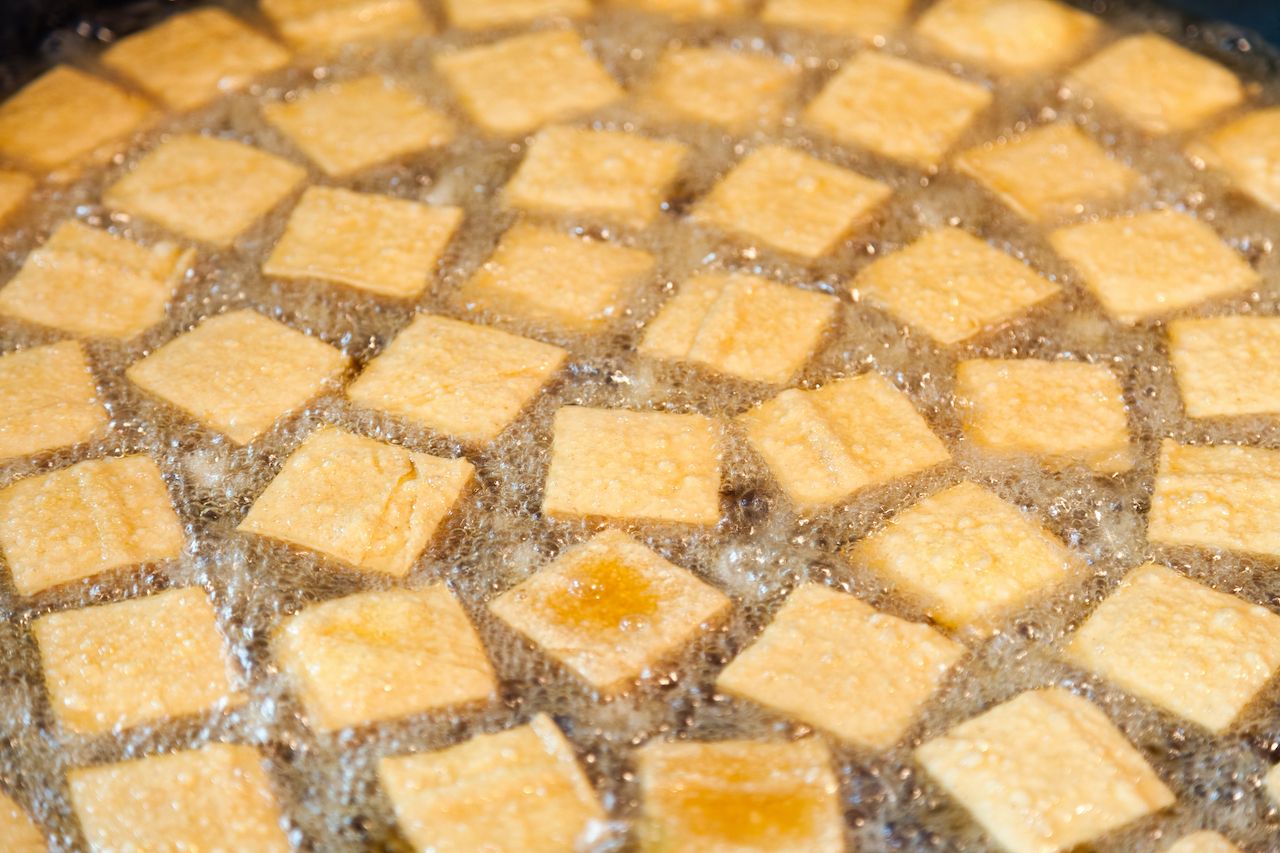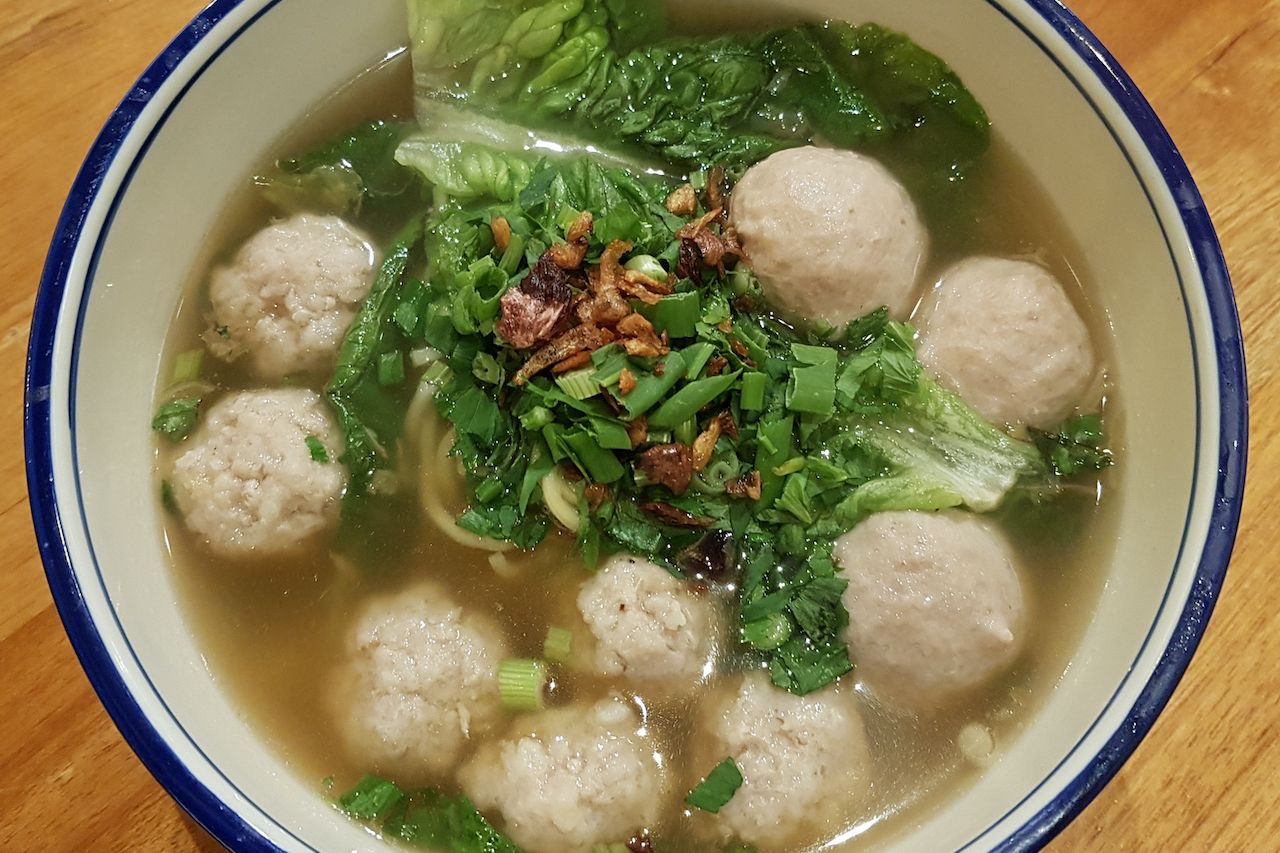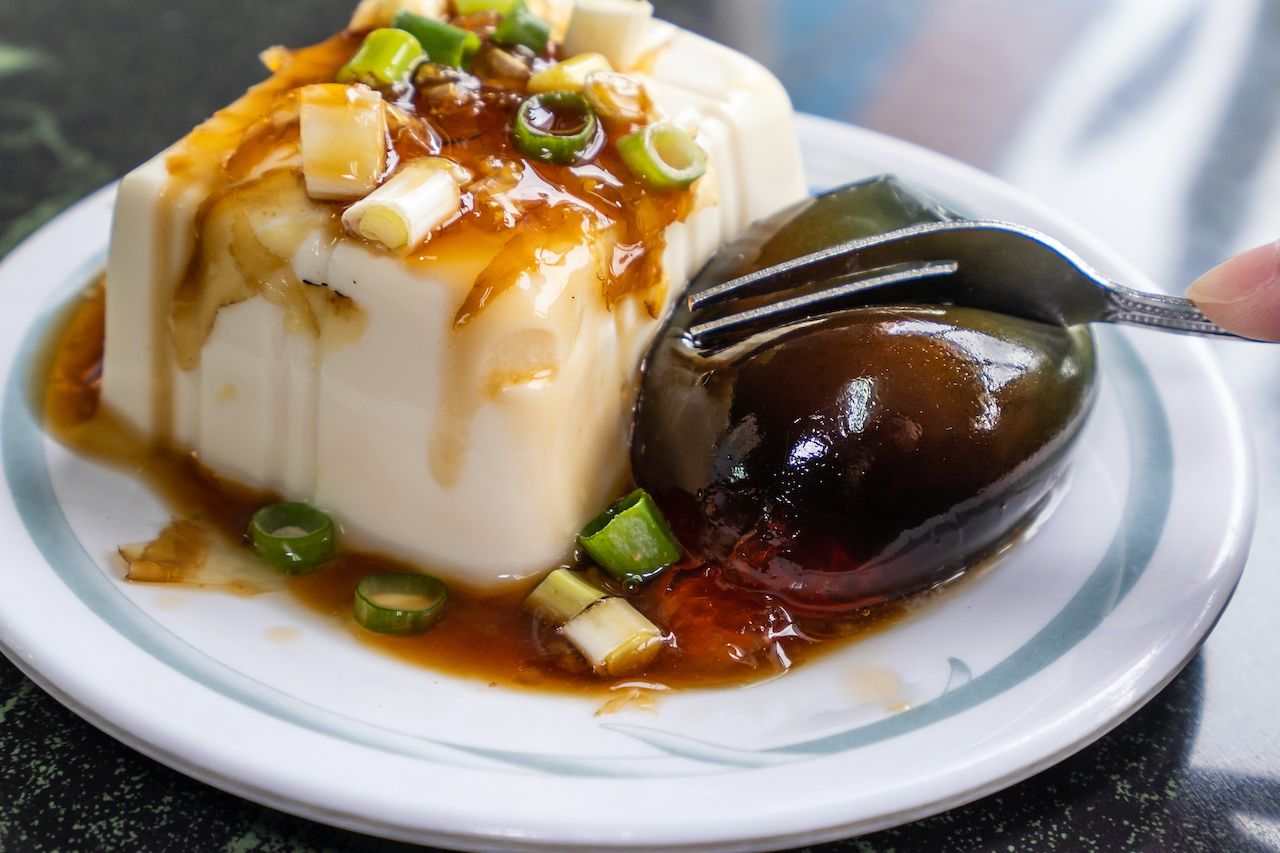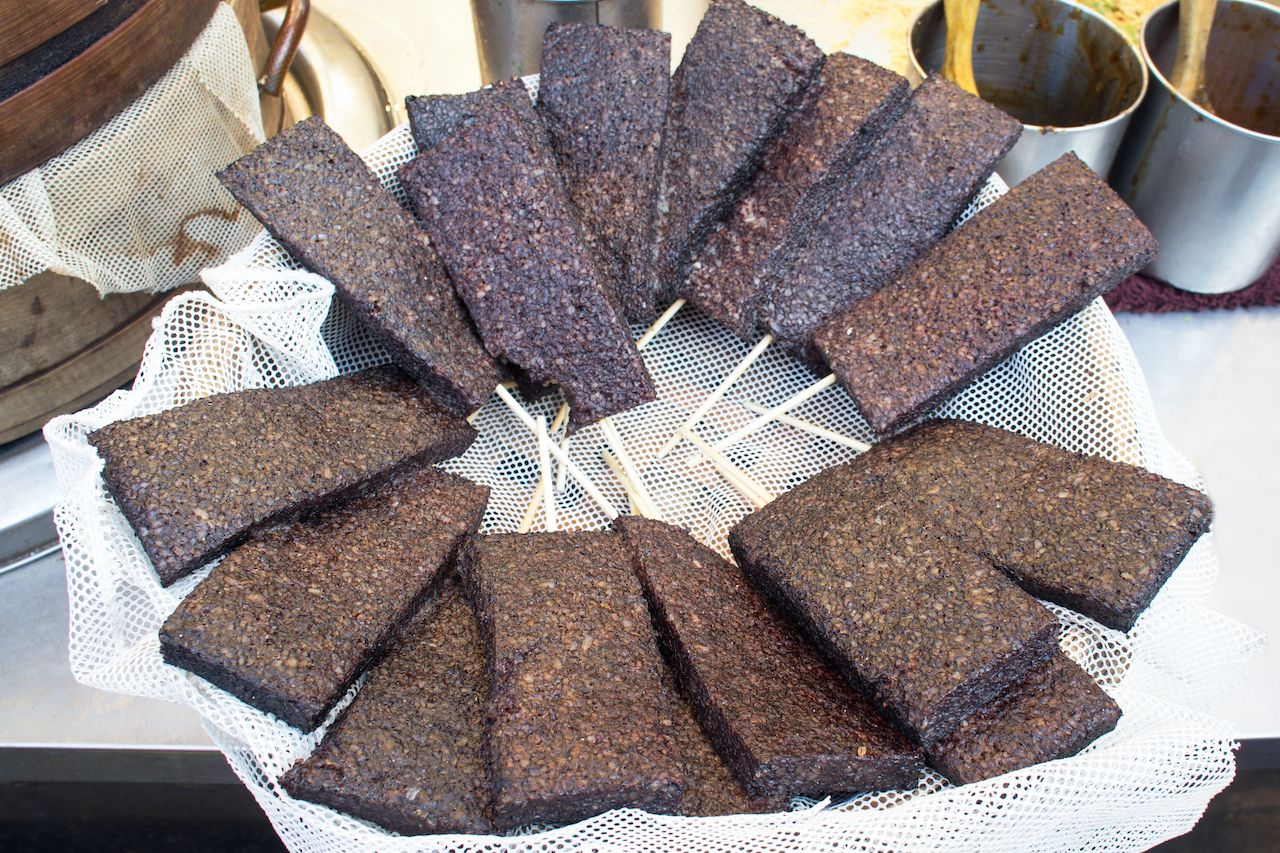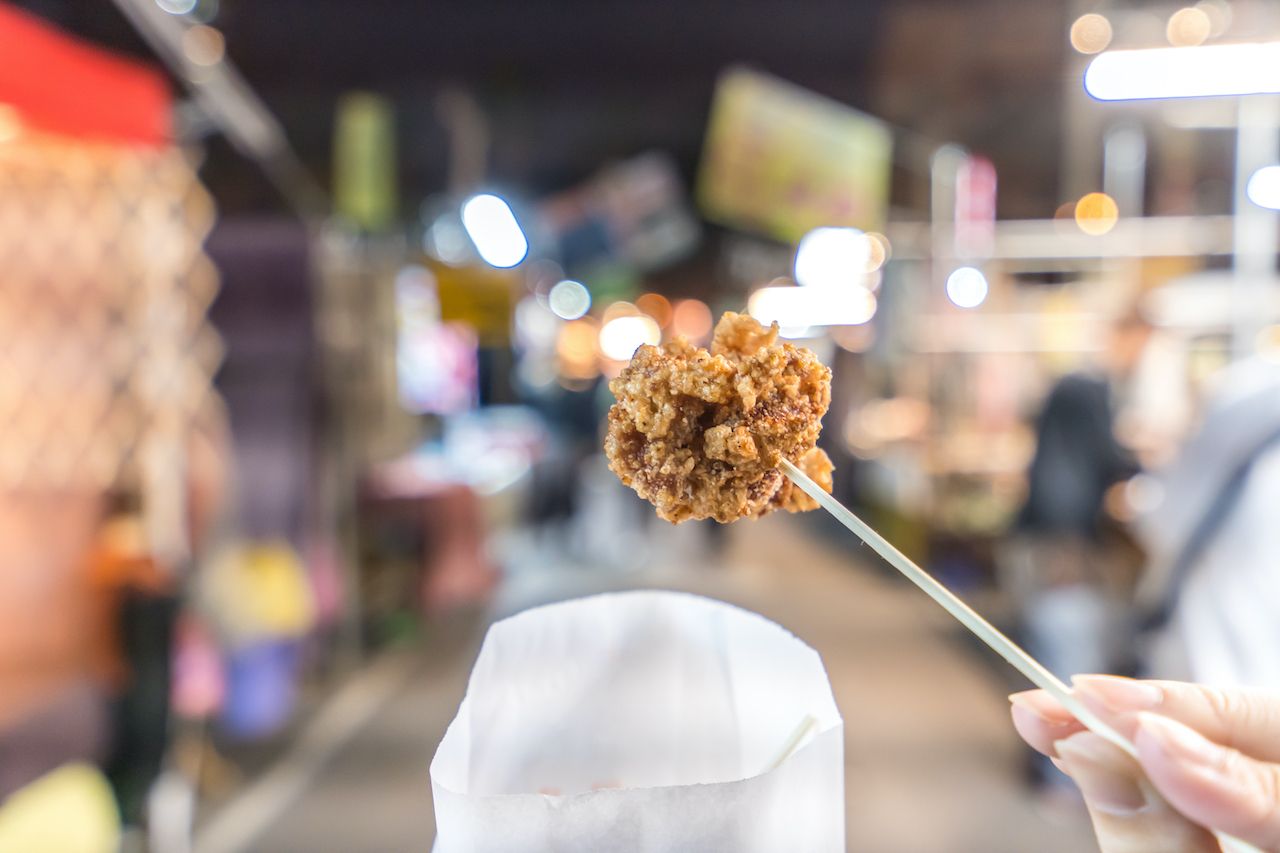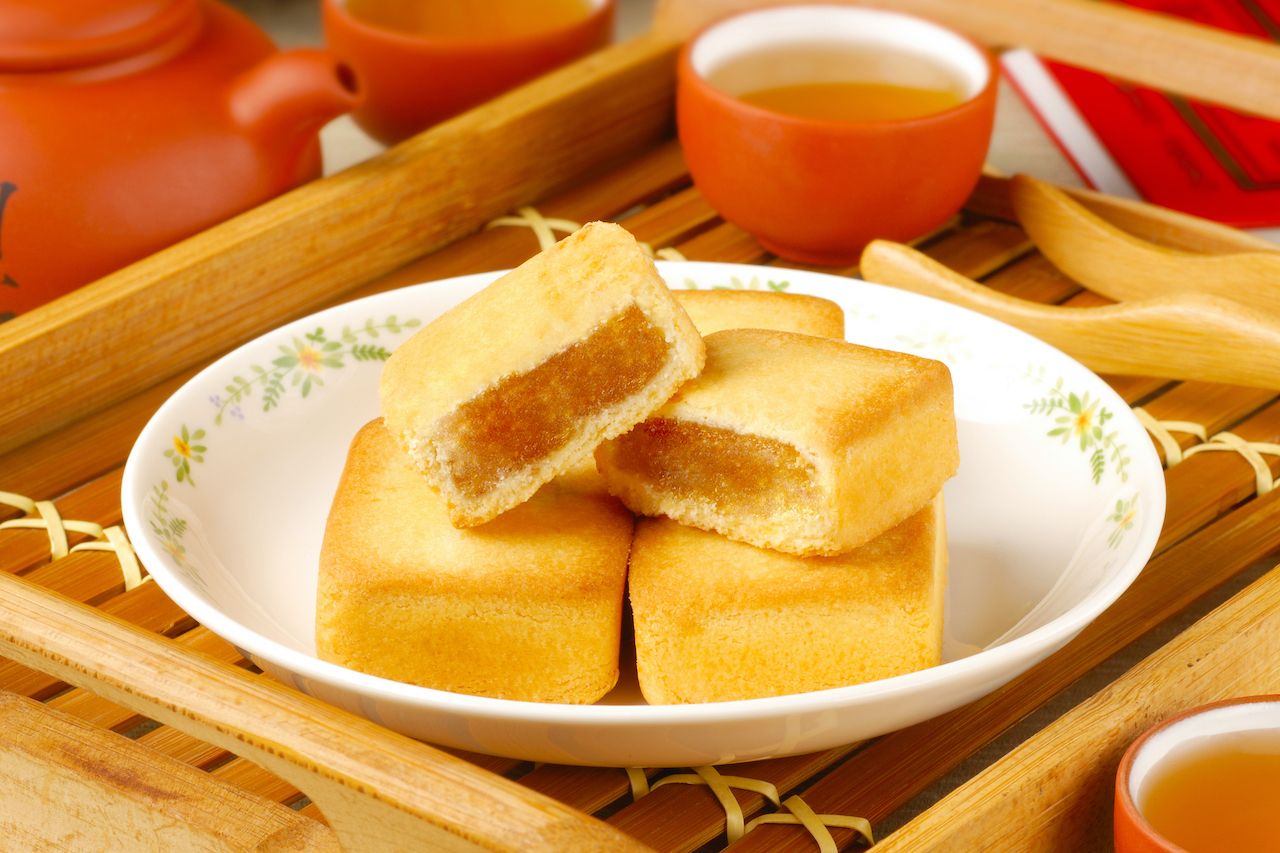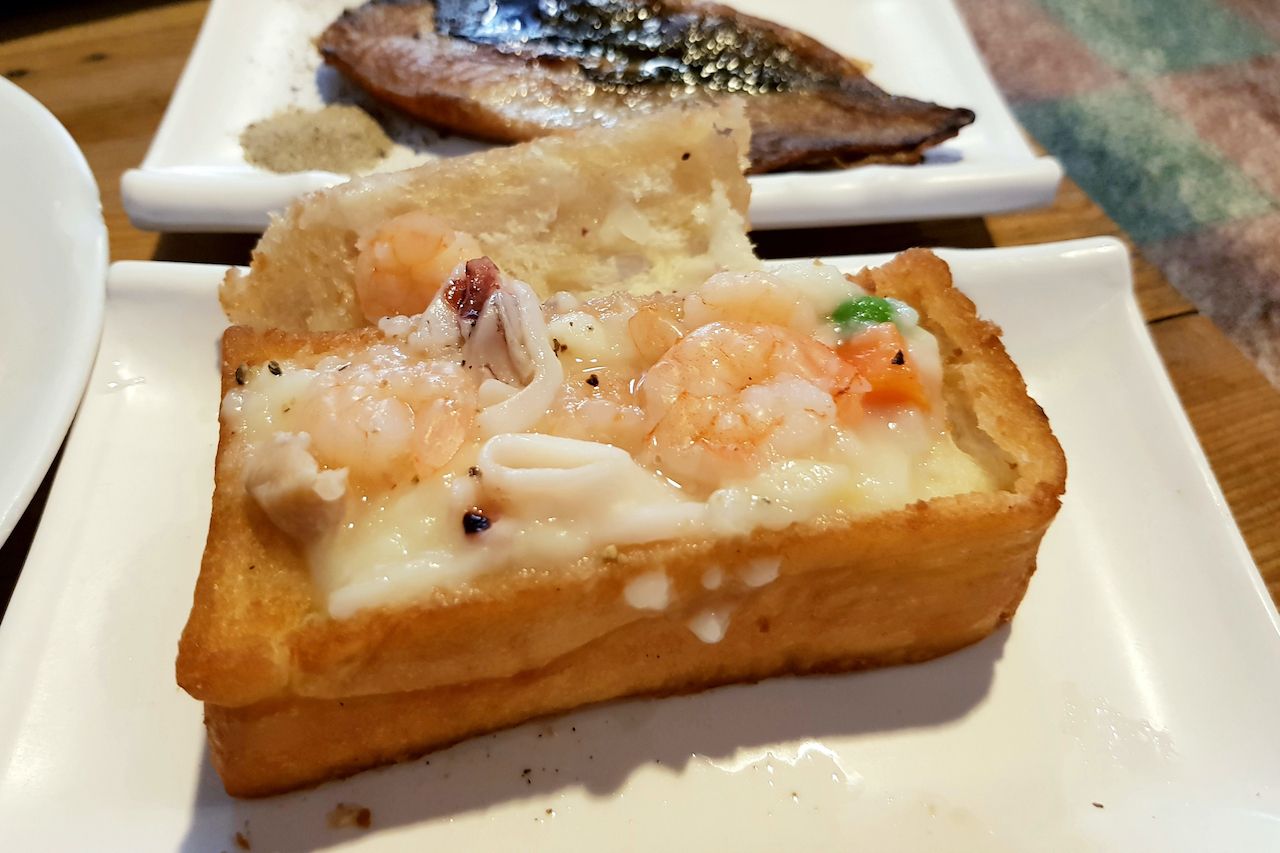Sinking your teeth into a familiar dish from your past can instantly transport you to memories from your childhood. Each country has its own dishes that hold sentimental value for the people who grew up or lived there. For me, that country is Taiwan. I might be biased as someone who is ethnically Taiwanese, but Taiwan has some of the best cuisine in the world. Taiwanese food is well known for being delicious — especially when it comes to its street vendors in the capital of Taipei where street food is an integral part of the culture. Taiwanese food, which is rich in umami flavors, is likely to be just as memorable for tourists. Spend some time here and you, too, will find that the memories of the cuisine of Taiwan from your trip stay with you.
Taiwanese food incorporates influences from all over Asia. These 23 dishes don’t all originate from Taiwan but are all are commonly found and an important part of Taiwan’s food scene. These are the best Taiwanese dishes you can try on your next visit.
